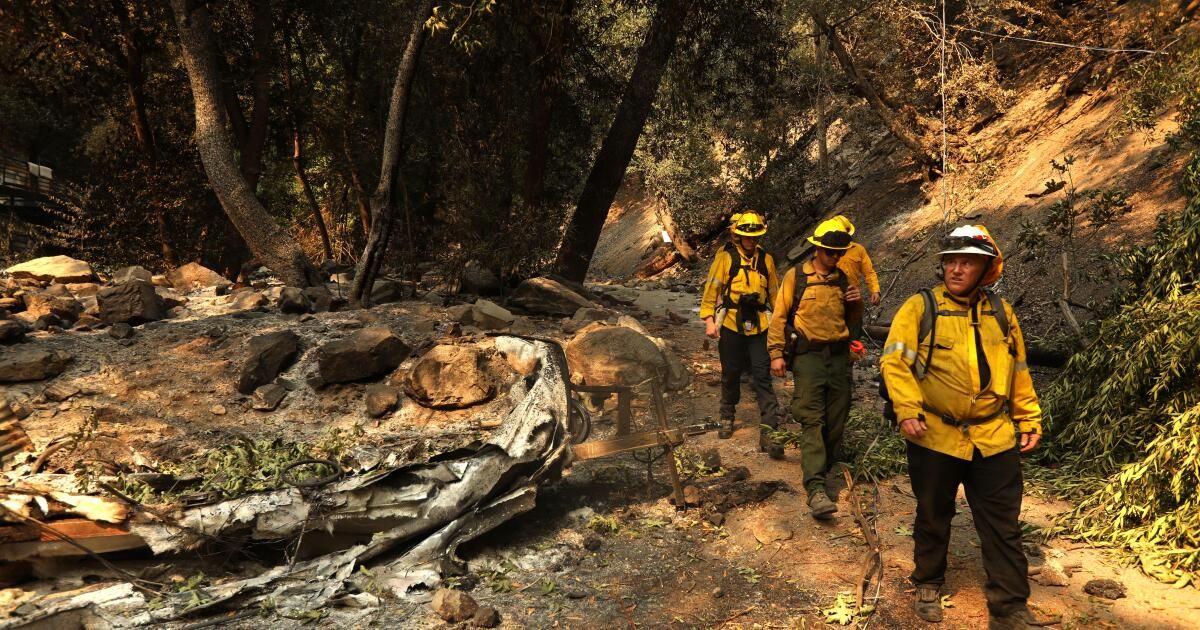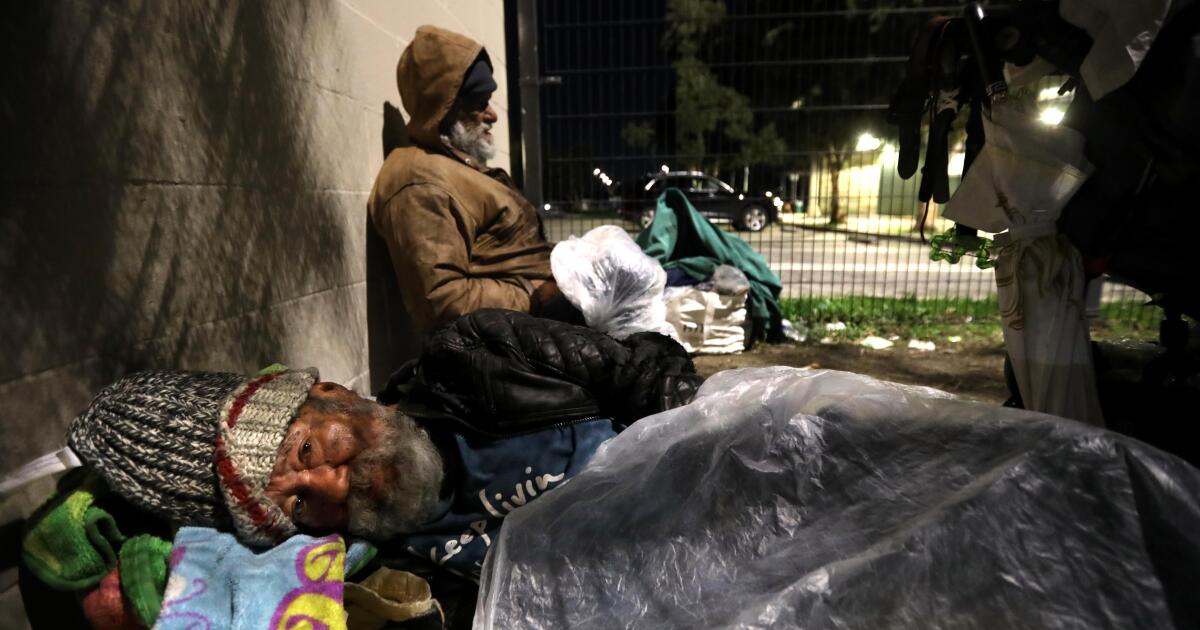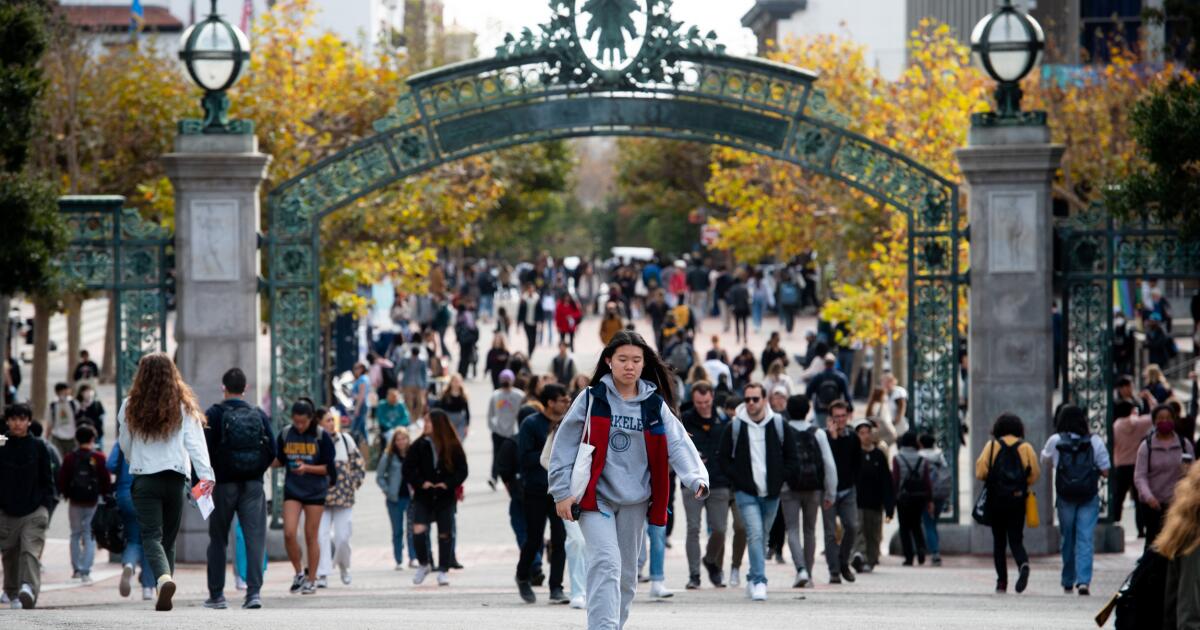Amid a record-breaking heat wave, firefighters in Southern California have struggled over the past week to contain three major wildfires that have scorched more than 100,000 acres.
The Line Fire has burned 38,000 acres in the San Bernardino Mountains between Highland and Big Bear Lake, forcing the evacuation of several mountain communities. The Bridge Fire consumed nearly 53,000 acres in the San Gabriel Mountains in Los Angeles and San Bernardino counties, destroying more than a dozen structures. And the Airport Fire scorched 23,000 acres in Orange and Riverside counties.
All three fires remain largely out of control, but a cold front and cloudy weather this weekend are expected to offer some respite, officials said Saturday. Much of Southern California saw temperatures hovering between 60 and 75 degrees throughout the day.
According to the National Weather Service, many parts of the region are expected to see double-digit drops in temperatures, widespread cloud cover and the possibility of light rain showers over the next few days. In downtown Los Angeles, which marks one of the most dramatic changes, high temperatures are expected to be in the mid-70s, a drop of nearly 40 degrees from its high of 112 degrees on Sept. 6. There is even a slight chance of light rain showers on Wednesday and Thursday.
These milder conditions, coupled with increased humidity, are also expected to extend further inland, near the wildfires.
“As we’ve seen over the last few days, there’s been a pretty nice cooling trend from the excessive heat wave that we’ve seen persist for almost a week,” said National Weather Service meteorologist Bryan Lewis. “This provides some really nice relief, especially after these fires have gotten out of control.”
The California Department of Forestry and Fire Protection attributed high humidity levels to slowing the Line Fire, which was 25% contained as of Saturday but was still moving into dry vegetation while occasionally spreading up hillsides. Favorable wind conditions also helped keep the Bridge Fire, California’s largest active wildfire, within its current scope, but it remained only 3% contained Saturday. The Airport Fire was only 9% contained.
Scattered fog and drizzle could also assist firefighters at these critical points.
“What we’re saying is it will be more of a drizzle or light rain,” Lewis said. “That will probably affect the lower elevation areas, help moisten the fuels and possibly help put out some of the smaller fires.”
Meanwhile, communities stretching from the San Gabriel Mountains to Lake Elsinore remain under a smoke alert from the South Coast Air Quality Management District. The district has encouraged residents to take precautions to protect themselves from dangerous levels of air pollution, including staying indoors and keeping windows closed, as wildfires have released large plumes of smoke and ash, which continue to float over nearby communities.
Last week, several air monitors in the Inland Empire detected fine particle pollution levels above federal health limits, including in Riverside, Ontario and Fontana. An air monitor in Big Bear City recorded the highest level with a daily average of 372 parts per million, more than 10 times the federal health standard.
Pollution has decreased in many areas. However, communities in the San Gabriel and San Bernardino mountains were still experiencing unhealthy air quality, according to the air district.












